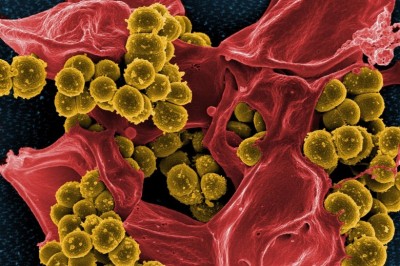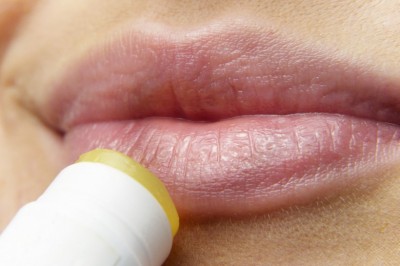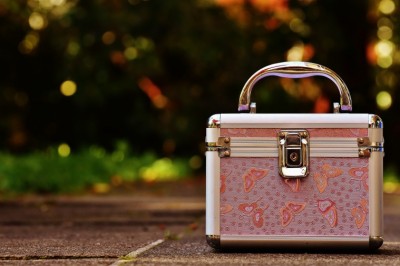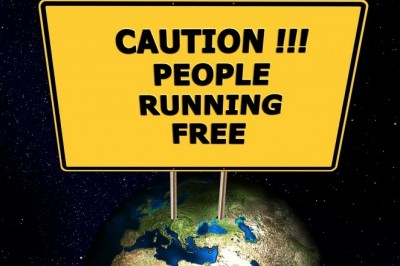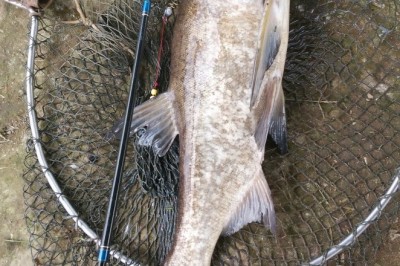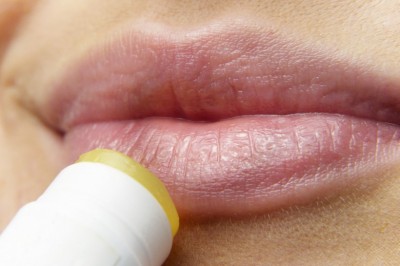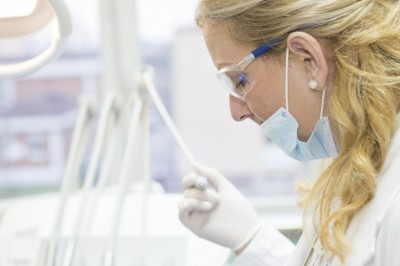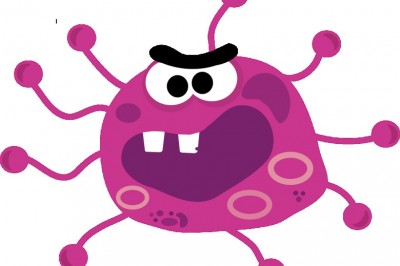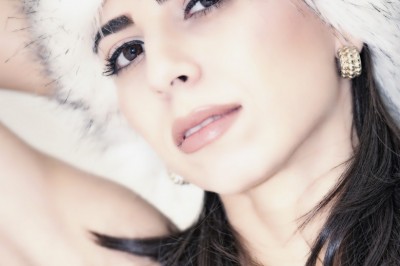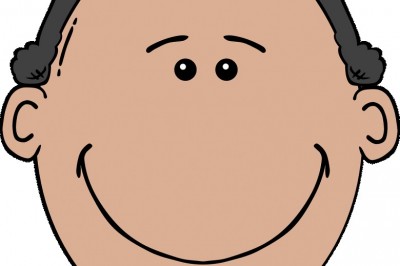What Is The Difference Between Rosacea And Acne?
What is Rosacea? Rosacea is a skin disease that is prevalent with the people who are very fair. Red patches appear on the nose, face, forehead, and cheeks and is known as erythema in this stage. In extreme cases, it might lead to small bumps on face, irritating sensation, red eyes, and lobulated nose. This particular skin disease is more common with women than men and occurs in those between the age group of 30 to 60 years. The people suffering from Rosacea are highly prone to cold, wind, and heat. The problem increases with increasing age. As such, it is important to prevent Rosacea from spreading and getting worse. There are four types of Rosacea, which are as follows: 1. Erythematotelangiectatic rosacea: It causes permanent redness. 2. Ocular rosacea: It makes the eyes red with an irritating effect. 3. Phymatous rosacea: It enlarges the nose. 4. Papulopustular rosacea: It leads to occurrence of red bumps filled with pus. Some notable people who suffer from Rosacea are Mariah Carey, Bill Clinton, Ricky Wilson, Rosie ODonnell, Rembrandt, and Lisa Faulkner. Difference between Rosacea and Acne: The basic difference between the two is that, the presence of comedones that is a major part of acne problem is totally absent in case of Rosacea. Blackheads do not appear in Rosacea that is present in acne. The pustules and papules in Rosacea are less follicular than acne. The redness that accompanies Rosacea is normally not seen in case of acne. Even some of the treatments that are applicable for acne cannot be applied for people suffering from Rosacea. These include benzoyl peroxide, topical retinoids, topical azelaic acid, alpha hydroxy acids, chemical peels, and acne peels. What is the Difference between Rosacea and Seborrheic Dermatitis? Seborrheic Dermatitis and Rosacea are closely related, they both involve inflammation of the oil glands. Rosacea also involves a vascular component causing flushing and broken blood vessels. Seborrheic Dermatitis may involve the presence of somewhat greasy flaking involving the T zone such as crusts, scales, itching and occasionally burning. Dermatitis may also be found on the scalp, ears and torso. It does not usually involve red bumps as in Rosacea. The T zone is the area shaped like a `T composed of your forehead, nose and around your mouth. Just to confuse things further, the two conditions are often seen together. Why Do I Have Rosacea? Rosacea often manifests itself in Caucasian and very fair skin, often with those that have skin commonly called "Porcelain". This type of skin is often highly sensitive to heat, wind, cold and especially the sun. Years of exposure to these elements often manifests into more severe cases of Rosacea later in life like Rhinophyma, yet many are genetically predisposed to having Rosacea at any age. The severity, however, increases as you age and hence managing your condition is of the utmost importance. How Does Rosacea Progress? Rosacea normally progresses in the same generalized fashion: frequent dilation of facial blood vessels leads to vascular hyper-responsiveness and structural damage. Rosacea experts talk about Rosacea symptoms appearing in 4 stages. Over time Rosacea can progress from one stage to the next. Solution for Rosacea: Rosacea is a disease that is not totally curable. However, there are some companies like ZENMED that provides a comprehensive Rosacea Treatment. They control Rosacea from flaring-up in the future. If you are tired of using laser technologies and other medicines to control this problem, then you can use creams that are meant for both oily and dry skin types. Emma is one of ZENMEDs Skin Care Experts. Its creator of the internationally recognized line of skin therapies, specifically targets those suffering from the symptoms of Rosacea. If you have not tried ZENMED products, you are missing out on having the clear complexion you deserve.














